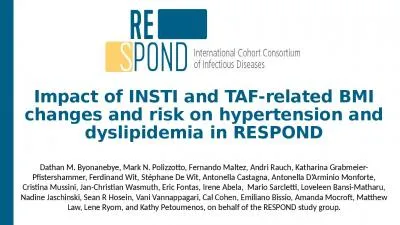PDF-ACKNOWLEDGMENT The author wishes to thank Prof. A. Wada of Tokyo Insti
Author : liane-varnes | Published Date : 2016-07-23
Damper performance evaluation based on the testing results This section discusses the correspondence between the findings obtained from the comparative performance
Presentation Embed Code
Download Presentation
Download Presentation The PPT/PDF document "ACKNOWLEDGMENT The author wishes to than..." is the property of its rightful owner. Permission is granted to download and print the materials on this website for personal, non-commercial use only, and to display it on your personal computer provided you do not modify the materials and that you retain all copyright notices contained in the materials. By downloading content from our website, you accept the terms of this agreement.
ACKNOWLEDGMENT The author wishes to thank Prof. A. Wada of Tokyo Insti: Transcript
Download Rules Of Document
"ACKNOWLEDGMENT The author wishes to thank Prof. A. Wada of Tokyo Insti"The content belongs to its owner. You may download and print it for personal use, without modification, and keep all copyright notices. By downloading, you agree to these terms.
Related Documents

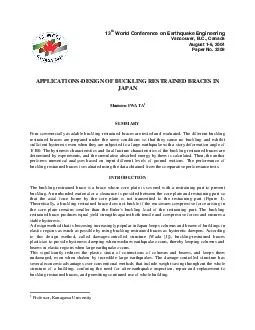





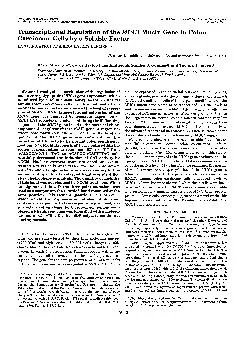
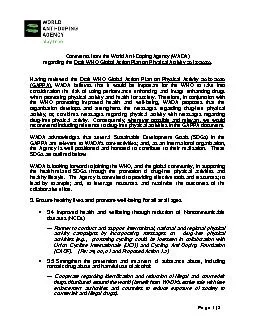

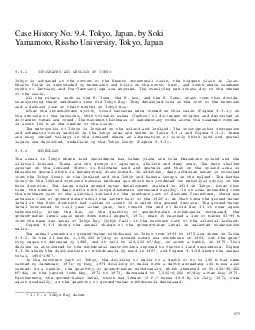
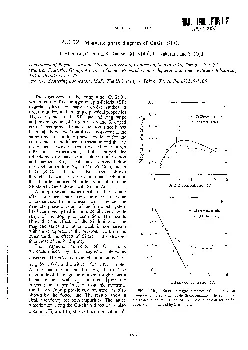
![[PDF READ ONLINE] End Of Life Planning Workbook: A Book To Document Your Final Wishes](https://thumbs.docslides.com/1017606/pdf-read-online-end-of-life-planning-workbook-a-book-to-document-your-final-wishes-when-your.jpg)
